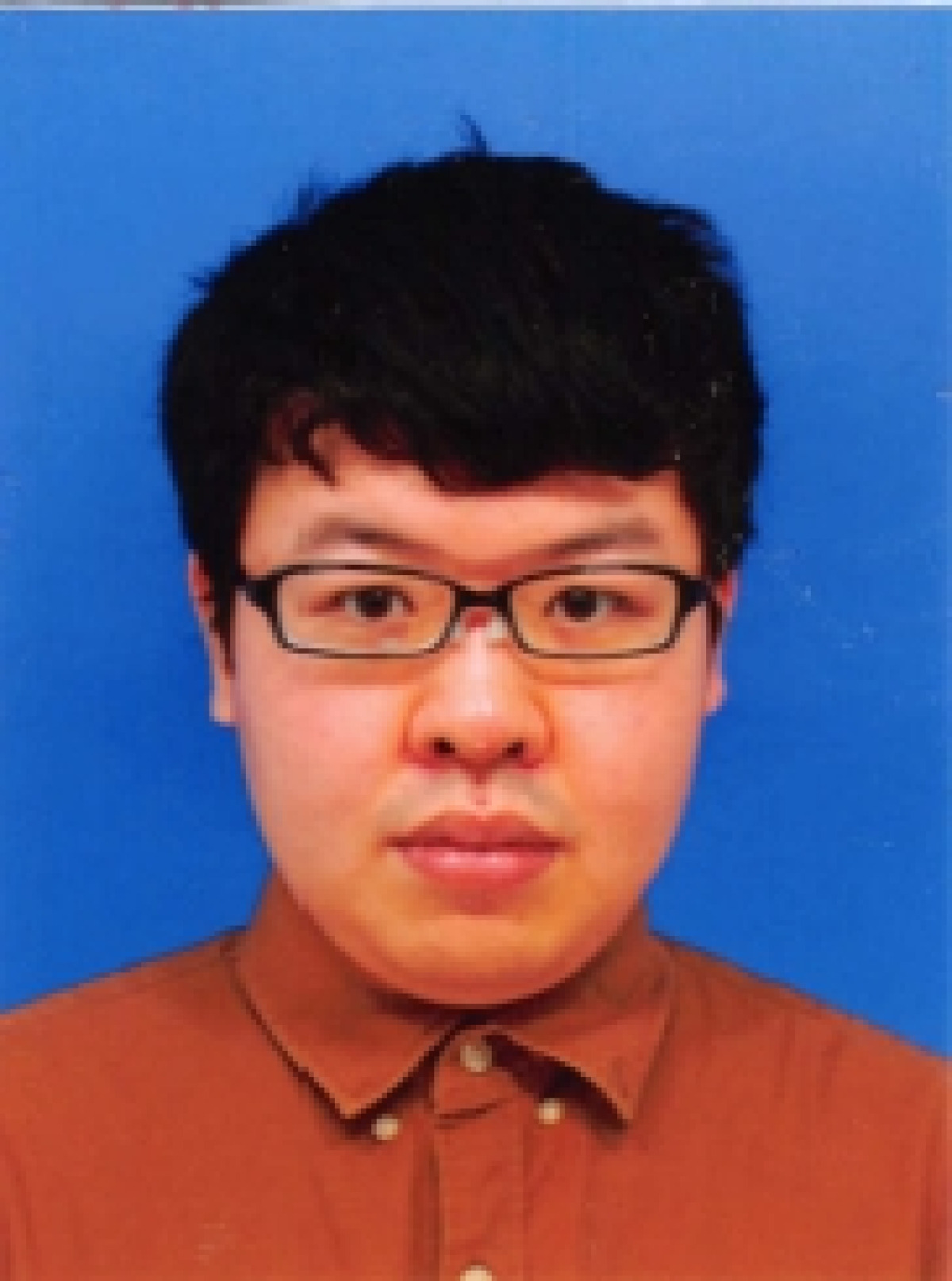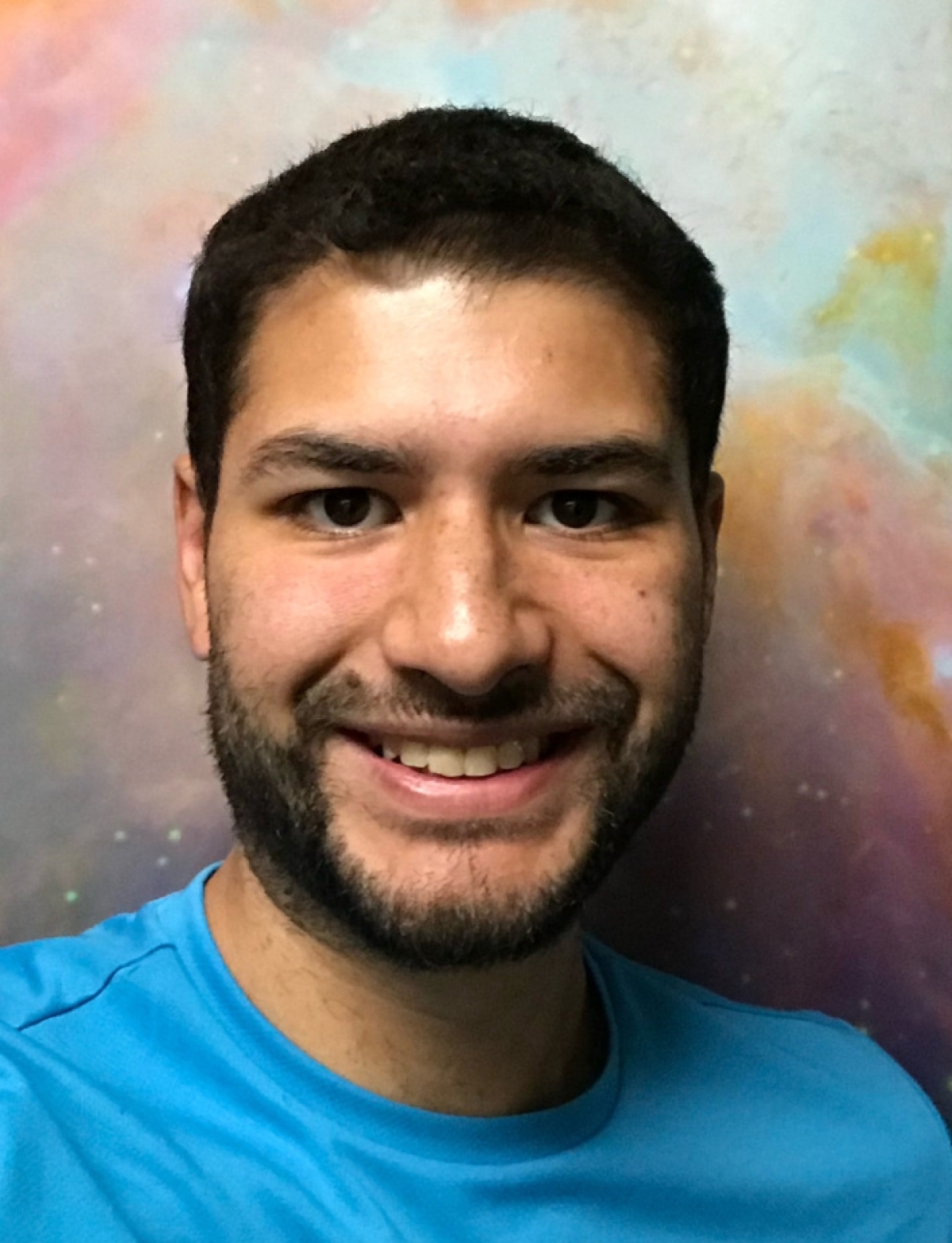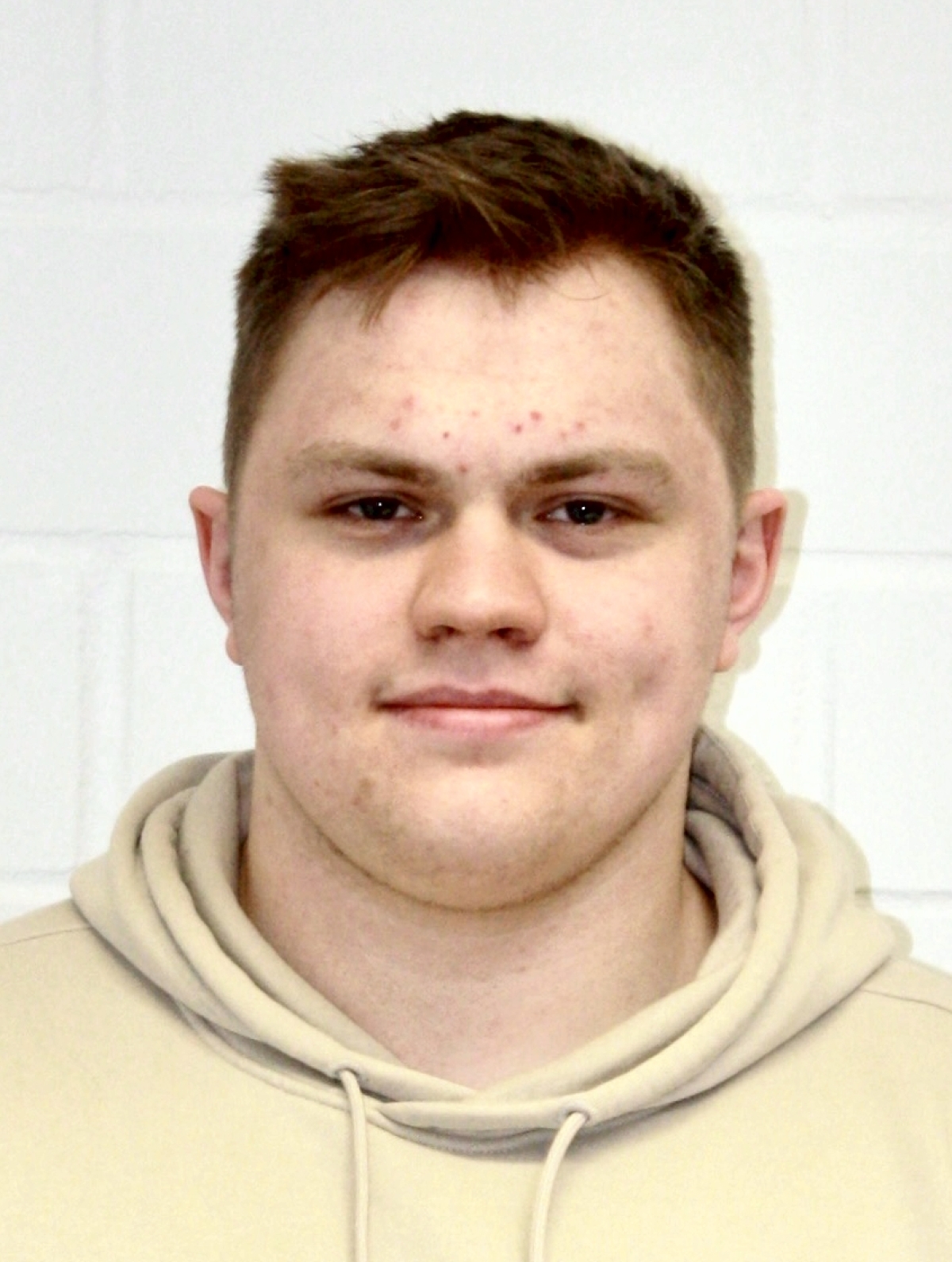WG Kuiper, Computational Astrophysics

Welcome!
My Team and I are developing novel numerical algorithms for hydrodynamics simulations in the framework of high-performance computing. Besides fluid motion, simulations include gravity, magnetic fields, continuum radiation transport, photoionization, phase transitions, chemical evolution, stellar evolution, and dust evolution. We apply these tools to model specific astrophysical processes, focussing on accretion and ejection phenomena, and addressing open research questions within a broad spectrum of topics. Our research interests range from planet and star formation, to accretion disks, to stellar physics and stellar feedback, to planetary atmospheres and exoplanets, to the turbulent interstellar medium, to black hole formation, active galactic nuclei, gamma-ray bursts, and to the physics of the early Universe.

Multiple birth of stars
Researchers have long assumed that massive stars are born as twins, triplets or even higher multiple systems. Now, for the first time, this has been confirmed by systematic observations. The study, in which our research group was involved in the interpretation of the data obtained, was published in Nature Astronomy.
More information (in German) at: https://www.uni-due.de/2015-01-15-massereiche-sterne-entstehen-als-mehrlinge
The scientific article: https://www.nature.com/articles/s41550-023-02181-9

Astronomers discover a disk around a star in another galaxy for the first time
A remarkable discovery: Together with a team of international scientists, we have discovered a disk around a young star in the Large Magellanic Cloud, a neighboring galaxy to Earth. It is the first time that such a disk has been found outside our galaxy. The new observations show a massive young star that is growing, absorbing matter from its surroundings and forming a rotating disk. The discovery was made with the Atacama Large Millimeter/submillimeter Array (ALMA) in Chile.
More information: https://www.eso.org/public/news/eso2318/
The scientific article: https://www.nature.com/articles/s41

Watching the wind blow
This cover page of Nature Astronomy from September 2022 highlights one of our numerical projects on magnetically-driven jets ejected from massive proto-stars.
In this article, our complementary radiation-magneto-hydrodynamic simulations are visually and quantitatively compared to an observed spiralling flow of plasma. This flow structure is expected for a helical magnetic field geometry forming during cloud collapse, star and circumstellar disk formation.
The observational data is obtained from high-spatial-resolution observations of water masers around the young massive proto-star IRAS21078+5211. To reach this kind of breakthrough spatial resolution, we made use of all telescopes available in the Very Large Baseline Interferometer network (VLBI). The VLBI array combines 26 radio-telescopes distributed across Europe, Asia and the USA.
Red dots are the observed maser spot locations, the bright white circle denotes the expected position of the massive proto-star. Blue-to-white background color resembles the gas mass density obtained from numerical simulations and shows the circumstellar disk forming from infalling material from larger scales. Blue lines present the spiraling streamlines of the gas flow obtained from the numerical simulation.
See Moscadelli et al. (2022) for further details.
Team

Rolf Kuiper
- Group Leader -
MC 377
+49 (0) 203 37 93548




Gabriel-Dominique Marleau
- Postdoc -





Shaghayegh Ashtari Jolehkaran
- PhD -
MC 344
+49 (0) 203 37 91578



Mohaddeseh (Moha) Mousavi
- Research Intern -
MC 363
+49 (0) 203 37 91680




Formally associated with this WG


Ana Vila Verde
- Group Leader WG "Computational Soft Matter and Interfaces" -
MF 246
+49 (0) 203 37 94716
ana.araujo-vila-verde @ uni-due.de
https://wiki.uni-due.de/vilaverde
WG Vila Verde
MF 245
+49 (0) 203 37 92137
Elio Casalini
Xiaoci Hu
Suleyman Skoko
Former Members
Postdocs:
Tobias Moldenhauer
Jin-Jun Geng
Nathaniel Dylan Kee
Dominique Meyer
PhDs:
Lukas Engelke
Magdulin Dwedari
André Oliva
Tobias Moldenhauer
Asmita Bhandare
Anders Kölligan
Master:
Shaghayegh Ashtari Jolehkaran
Joshua Barquero Alvarado
Marek Schulze
Dennis Wehner
Lauren Martini
Marius Morlock
Oliver Völkel
Akram Chaalali
Daniel Thun
Bachelor:
Marvin HenkeMarvin Henke
Emilio Schmidt
Lena Schürmann
Fynn Luca Wawrzyniak
Robin Simbeck
Maximilian Wykidanez
Richard Nies
Prateek Boga (@ SASTRA University)
Nicolas Cimerman
Oliver Völkel
Internships:
Aswathi Krishnan Kutty
Mustafa Waqar Syed
Shyam Harimohan Menon
Timothy Hallatt
Research Topics
The research topics of our group spans from the interaction physics of dust grains with high-velocity gas flows and radiation to planet formation, star formation, and black hole formation. Besides formation/accretion phenomena, we are also interested in ejection and feedback phenomena in space. In the following, we briefly present some of these topics.

Planet Formation
How does a rocky planetary embrio accrete its primordial gaseous atmosphere from the natal circumstellar disk? What is the final mass, temperature and angular momentum of the gas bound to the rocky core? Under which conditions does the proto-planet evolve into a gas giant?
We investigate these questions and associated issues in modern planet formation theory by direct numerical simulations of the accretion process (see sketch "Moldenhauer, Kuiper et al. (2021)"). Making use of high-performance computing resources, we embed a gravitationally acting rocky planetary core into a gaseous circumstellar disk and follow the hydrodynamic and thermodynamic evolution of the system in time.

Star Formation and High-Mass Stellar Feedback
How much mass can a star gain by classical gas accretion? How does its intrinsic feedback mechanisms such as proto-stellar jets, radiation pressure, photoionization feedback and H II regions impede its further growth? How do these feedback effects impact the natal environment of the forming massive star?
We investigate these questions and associated issues in modern star formation theory by direct numerical simulations of the star formation process including the various forms of feedback. Most of the feedback effects can be investigated self-consistently, i.e. they are included in the formation scenario via solving for their underlying physical origin such as the magneto-hydrodynamics of jet launching, acceleration, collimation, and propagation.
Besides the feedback mechanisms, we are interested in the details of circumstellar disk formation and evolution, determining the accretion efficiency of the forming host star. What is the impact of the large-scale environment on specific disk properties? How does disk formation and evolution differ across the stellar mass range?

Numerical Wind Tunnel Experiments
In the context of general physics, we are performing numerical experiments of fluid flow structures around different kind of solid bodies in the sub-sonic and supersonic regime. In collaboration with the laboratory astrophysics research group of Prof. Dr. Gerhard Wurm, we are studying the erosion of planetesimals and the interaction of individual dust grains with gas flows.
Jobs
Do the research topics above arouse your interest? Are you eager to carry out a project in computational astrophysics? If so, please do not hesitate to contact us and arrange a personal meeting to discuss mutual expectations, potential concerns, and your specific requirements. Let's chat about your favorite topics and methods, and think about the skills you want to employ or what you want to achieve during the project. Anyway, I am sure we will find a project matching your individual needs, skills, and interests!
Open PhD and Postdoc positions are usually published at the online job market of the Astronomische Gesellschaft (https://www.astronomische-gesellschaft.de/en/activities/jobregister?set_language=en) and/or on the online job market of the American Astronomical Community (https://jobregister.aas.org).
Bachelor and Master projects are available year-round and will be organized during a personal meeting.
Internships for external students are possible as well, please just get in contact with us.
Publications
Link to group leader's publication lists (automatically created):
Animations
Some of our research involves visualization of the numerical simulations performed. More examples of such animations can be found on our YouTube channel: https://www.youtube.com/channel/UCQwYtrdU5Y1seUv96WBedDA
Funding
Over the years, our research projects have been supported by a variety of grant funding schemes. We gratefully acknowledge financial support by the following institutions and programmes:







Contact
Prof. Dr. Rolf Kuiper (Group Leader)
Office: MC 377
Ingo Thiele (Administration)
Phone: +49 203 379 2816
Fax: +49 203 379 1681
Office: MC 373
Address:
WG Kuiper
Faculty of Physics
University of Duisburg-Essen
Lotharstraße 1
D-47057 Duisburg
Germany
Arrival by train:
By foot: It takes about half an hour to get to our Campus from Duisburg Central Station.
By streetcar: You can get on the streetcar U-901 directly at Duisburg main station. The most direct way to reach the streetcar is not to leave the main station via the main exit, but to follow the signs to the U-901 directly at the platform. Then take the U-901 underground at platform 3 in the direction of "Mülheim an der Ruhr" or Duisburg "Zoo / Universität". After only a few minutes, get off at the "Zoo / Universität" stop. Our campus is then just a minute's walk away back in the opposite direction.
Wiki:

